Celeste Hamre and her sister Britta, 23, are fraternal twins. They have the same blue eyes and amber-blonde hair, the same love of Brie and running. But it was clear early on that there was something different, too. When Britta began learning to read and write, Celeste lagged behind. When Celeste tried to speak new words, a mixed-up jumble spilled out. Sounding out words in front of her class was so embarrassing that Celeste would try to memorize the stories Britta read aloud so she could parrot them back to her teachers and classmates. She coveted the thick New York Times readers her classmates got, but her teacher passed her a skinny abridged version instead.

The girls’ parents signed Celeste up for specialized testing, which revealed that she has a reading disorder called dyslexia. They enrolled her in intensive one-on-one tutoring, and it worked: by the time she was 11, she recalls, she was snagging books from her siblings and sneaking them into bed. Less than a decade later, Celeste (CAS’16)—who graduated high school as valedictorian and joined the Boston University Class of 2016 with a full merit scholarship—entered the laboratory of Tyler Perrachione, an assistant professor at BU’s College of Health & Rehabilitation Sciences: Sargent College. Perrachione studies how language and reading skills develop—and how they sometimes go awry—and he was looking for volunteers with dyslexia, just like Celeste.
Researchers estimate that between 5 and 17 percent of schoolchildren have dyslexia, which is defined as any difficulty reading single words. Contrary to common belief, people with dyslexia don’t read words backward, says Perrachione, and the disorder doesn’t have anything to do with overall intelligence.
Full Story


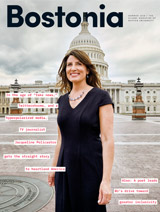
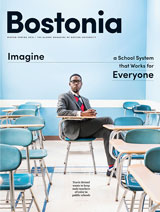


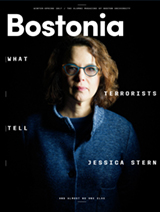

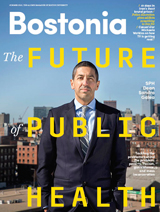
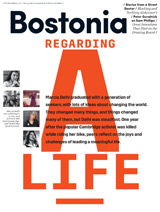
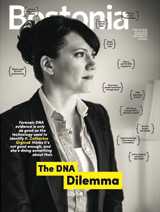
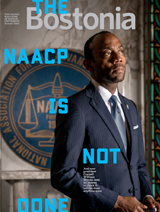


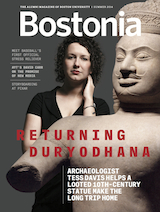
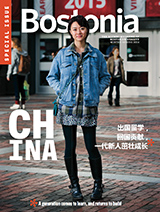




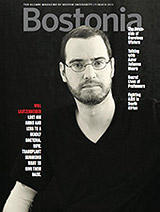

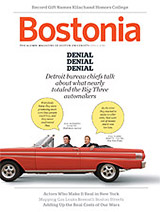
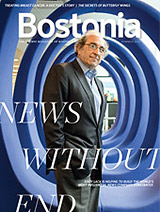
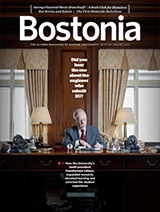

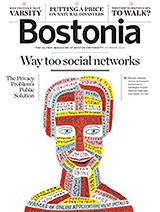



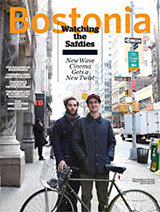




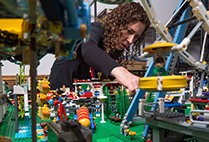



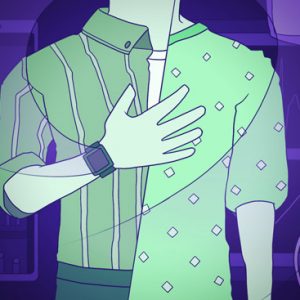
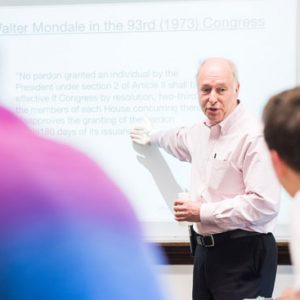

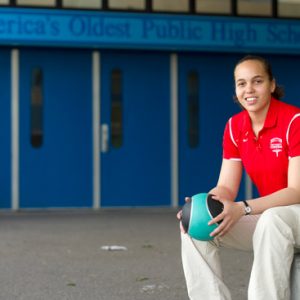
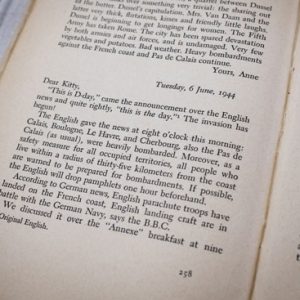



Related Stories
The Dyslexia Paradox
Differences in how the brain adapts to sights and sounds could be at the root of reading disorder
Kilachand Center’s New MRI Scanner Yields Outstanding Data
CNC team invites neuroscientists across both BU campuses to use machine
Three Faculty Awarded Peter Paul Professorships
Gifted young SAR, CAS, and SMG teachers selected
Post Your Comment